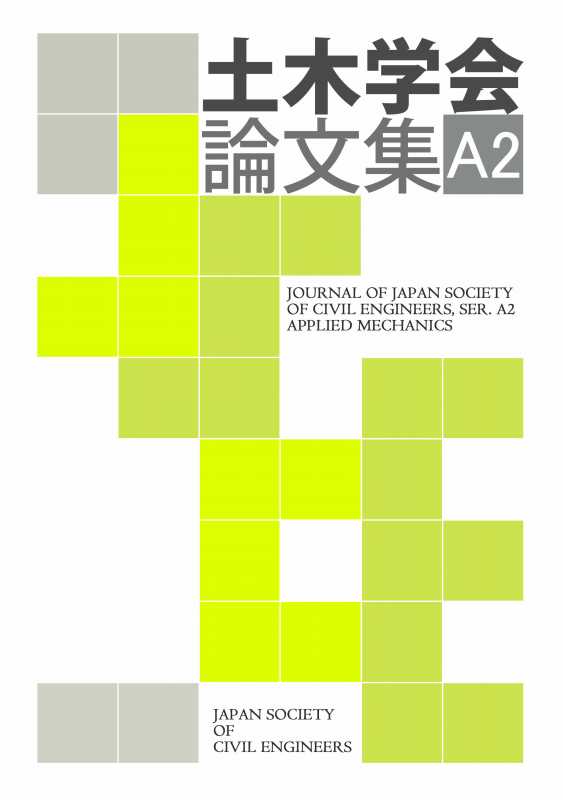Volume 77, Issue 2
Displaying 51-55 of 55 articles from this issue
Journal of Applied Mechanics Vol.24 (Special Feature)
-
STUDY ON FATIGUE DAMAGE DETECTION IN STEEL BRIDGES USING PIEZOELECTRIC SENSOR AND MEMS ACCELEROMETER2021 Volume 77 Issue 2 Pages I_525-I_533
Published: 2021
Released on J-STAGE: February 01, 2022
Download PDF (2434K) -
2021 Volume 77 Issue 2 Pages I_535-I_542
Published: 2021
Released on J-STAGE: February 01, 2022
Download PDF (2549K) -
2021 Volume 77 Issue 2 Pages I_543-I_550
Published: 2021
Released on J-STAGE: February 01, 2022
Download PDF (3103K) -
2021 Volume 77 Issue 2 Pages I_551-I_562
Published: 2021
Released on J-STAGE: February 01, 2022
Download PDF (1417K) -
2021 Volume 77 Issue 2 Pages I_563-I_573
Published: 2021
Released on J-STAGE: February 01, 2022
Download PDF (2039K)
